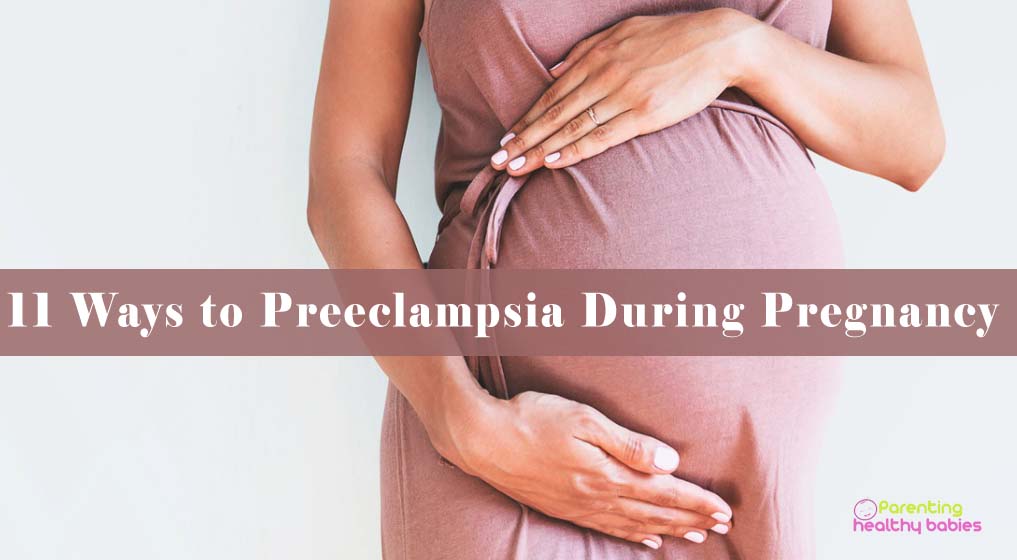Epidural analgesia (EA) is one of the most effective ways to relieve labour pain. Epidurals have actually become very common over the time but so is the misinformation about them. A lot of people end up believing things that aren’t true at all. In this article we will be discussing about the myths related to the side effects of an epidural. Read below to find more:
7 Must Know Epidural Myths
Myth 1: Permanent Nerve Damage
Although rare but an epidural can lead to permanent loss of feeling or movement. There can be a number of causes that may be responsible for that. A few of them are as listed below:
- Infection in the epidural area or near the spinal cord.
- Direct damage caused by the epidural needle or catheter.
- Injecting the wrong drugs down the epidural catheter.
- Pressure on the spinal cord caused due to bleeding the epidural area.
In a study of 1.37 million pregnant women, the risk of persistent neurological injury and temporary neurological injury was estimated at only one in 24,000 and one in 6,700 respectively. So, this is extremely rare.
Myth 2: Headache
In case the bag surrounding the spine is accidentally punctured, it may result into a severe headache. There can be a need for a specific treatment in order to cure the same. Blood patch is a known procedure that may be made use of in order to seal up the puncture. This basically involves taking a small sample of your blood and injecting it into the puncture. When the blood will get thickened, it will seal the hole and relieve the headache. However, it does not mean that all headaches will require a blood patch.
In any case, you may have this procedure done before you leave the hospital or may also be advised to head back home. Your anaesthesiologist will follow up with you in any case.
Myth 3: Anyone Can Have an Epidural
Of course, most women can have an epidural but at the same time, there are cases when an epidural may not be considered as safe. For instance, if you take certain blood-thinning medications have certain bleeding disorders or suffer from spinal or neurological problems. In case, you suffer from any of these issues, you may be advised for a consultation with the anaesthesiologist.
Myth 4: Side Effects in the Baby
Your baby should not be affected if you have an epidural which also means that the medications will not make your baby sleepy. But in case, you receive intravenous pain killer and cannot have an epidural, then that can potentially make your baby sleepy. However, that sleepiness is usually reversible.
Myth 5: You Cannot Have an Epidural if You Have a Tattoo on Your Lower Back
Considering the reports related to this remain controversial and at the same time, are extremely rare. You can still have an epidural if you a tattoo on your lower back. Although, the anaesthesiologist will look for an area where there is no tattoo dye and the epidural needle will thus be placed there. Another case is when they may make use of a small needle to make a hole prior to inserting the epidural needle as this will reduce the risk of picking up the ink.
Myth 6: You are More Likely to End Up Needing a C-Section
No. the fact that an epidural increases the likelihood of a C-section is not at all true. But yes, there are chances that you may need vacuum or forceps in order to help pull your baby out.
Myth 7: You Will Be Completely Numb and Won’t Be Able to Push the Baby Out
An epidural will make your legs weak and numb but you would still be able to push. The dose can be adjusted to provide more or less sensation but you are likely to feel more discomfort when the epidural is turned down. In case, an epidural is being used to provide anesthesia for a C-section, it can provide numbness to the point of immobility. Apart from this, there’s no truth.
Conclusion
Much has been said about epidurals but at the end the benefits of an epidural outweigh the side effects of the same. You can get it anytime during your labour, i.e.in the beginning, middle or even towards the end. Make sure you consult your doctor and discuss about it with him/her. Having discussed everything above, it can be rightly said that an epidural is one of the safest ways when it comes to labour pain relief options.
Sources:
- https://www.ncbi.nlm.nih.gov/books/NBK279567/
- https://www.ncbi.nlm.nih.gov/pmc/articles/PMC117883/













